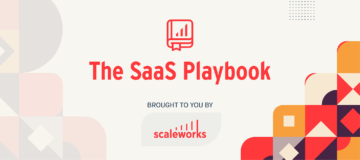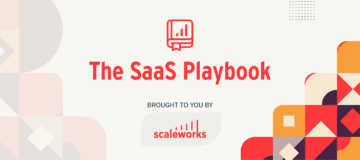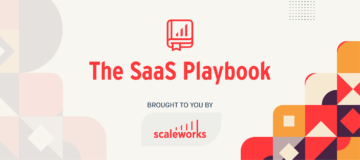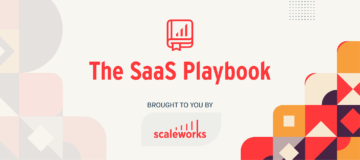Welcome back to The SaaS Playbook, a bi-weekly rundown of the top articles, tactics, and thought leadership in B2B SaaS. Not a subscriber yet?
☁️ VCs look for immediate and extreme growth in their investments, so the profitability of the companies they work with is the least of their concerns. But striving for sky high growth can be costly, and not just in dollars. Dumping loads of capital into marketing makes it nearly impossible to identify your real cost to acquire customers (CAC), and if your CAC remains high over time, you run the risk of never being able to build a sustainable model. There are, however, some notable software businesses who have taken the road less traveled, achieving profitability while also growing to an impressive scale. Both profitable and high burn companies can generate great returns for investors, we would just argue that the profitable ones also create good outcomes for founders!
🎼 Businesses’ software stacks are getting crowded. On average, companies have 37 different software vendors at one time, and we bet it’s even higher for SaaS companies. The question is, do all of these tools really improve workflow and productivity, or are we overloaded? OMERS Ventures thinks poor communications between tools is the biggest issue with our ever increasing software stack, and a new breed of data orchestration software, which help these products seamlessly integrate with other apps, is the likely solution. API-first players like Zapier, Plaid, and Stripe have already made significant progress in addressing the needs of SMB and mid-market companies, but public APIs and API solution providers have a ways to go, as they struggle to match the speed of smaller, agile businesses.
🧻 Storytelling is one of the hardest tasks for first founders because they often don’t have the data or work experience to build their story. Liran Belenzon shared a great story of how he got creative when faced with that exact problem. He needed to raise a bit of capital when pursuing his first venture, but their product was not at a point where it would have won customers over, which they needed to get investors excited. To show traction, he had a freelance designer build a paper prototype which demonstrated how the fully built tool would function to customers. The idea on its own was enough to sign up 200 prospect for their MVP, which was instrumental in showing traction to investors in the fundraising process.
🌠 Perhaps an unpopular opinion (with founders at least), but they rarely start out as good leaders. It’s no fault of their own, it just usually takes time for them to acclimate to the task of leading others while also getting their day to day needs accomplished. The curve can be steep – the atmosphere surrounding software is of course quick in nature and constantly evolving, so the time it takes to evolve into leadership is often not given to the founder. That said, startups which take a more moderate approach to growth typically allow time for founders to find their way and grow in leadership, opposed to fast growth companies where the founder has to learn quickly.
Source: https://thesaasplaybook.substack.com/p/-weighing-growth-vs-profitability
- All
- api
- APIs
- apps
- articles
- B2B
- Biggest
- Bit
- build
- businesses
- capital
- Communications
- Companies
- Creative
- curve
- Customers
- data
- day
- Designer
- dollars
- experience
- FAST
- First
- For Investors
- founder
- founders
- freelance
- function
- Fundraising
- good
- great
- Grow
- Growing
- Growth
- High
- How
- How To
- HTTPS
- idea
- identify
- Investments
- Investors
- IT
- Leadership
- leading
- LEARN
- Marketing
- Match
- mid-market
- model
- Opinion
- Other
- Others
- Paper
- poor
- Product
- productivity
- Products
- profitability
- public
- raise
- returns
- Risk
- Run
- SaaS
- shared
- SMB
- So
- Software
- speed
- start
- Startups
- storytelling
- stripe
- sustainable
- tactics
- thought leadership
- time
- top
- VCs
- vendors
- venture
- Ventures
- WHO
- Work
- workflow







